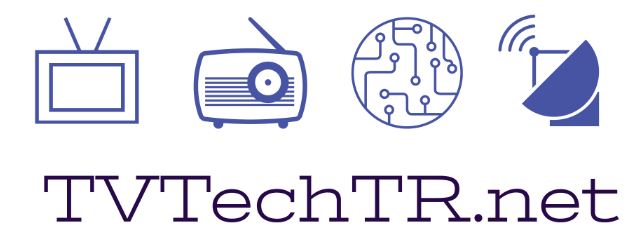As you all know digital terrestrial television license tender in progress. I want to write on the first results of the tenders. There will be national, regional and local licenses. Results of the national general HD licenses are some what surprising. In Turkey license of satellite and cable broadcast tv and is 210.000 TL / 10 years, the minimum price for DTT national HD general was 3.000.000 TL. After the tender the minimum price for a licence was 48.800.000 TL. It is 232 times greater then license for satellite or cable.
Another interesting thing is that in Turkey, there are just 10% or less left, receiving tv from analog terrestrial. It can be thought that DTT license is a prestigious asset, that's why this license fee is so high. Even though we think like that, I believe it is not enough to explain the gap between license fees among two types of distribution channels.
We will wait and see what these results mean. Keep following my blog in order to keep informed on Turkish TV market.
By the way I will attend Connected TV Summit on 22 and 23 May in London.

Comments
Post a Comment
Comments will appear after approval, which may take time :)